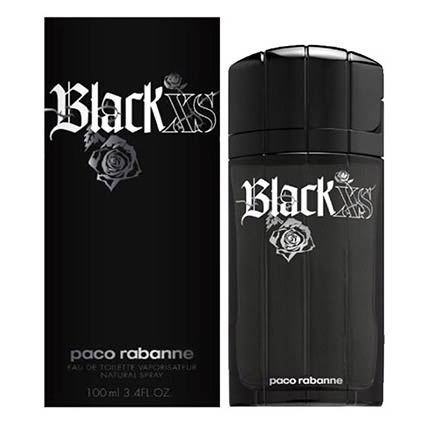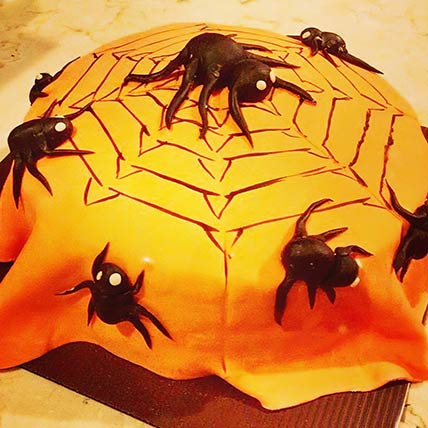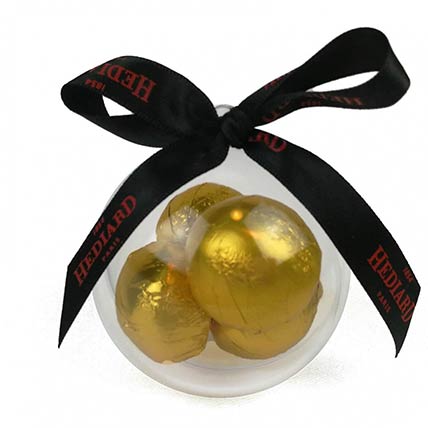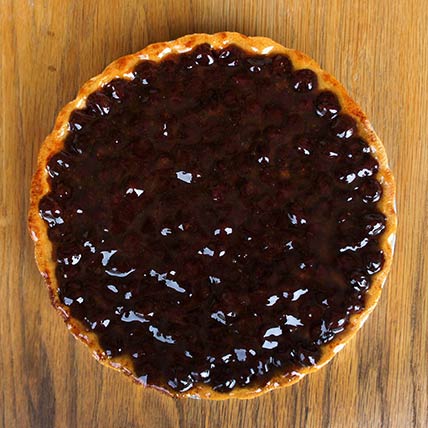The History of Halloween and its Origin
Halloween, the modern name of All Hallows' Eve is annually celebrated on October 31, on the eve of All Saints' Day.
Halloween had its origin long time back in the times of the Celts of ancient Ireland and Britain. It was believed that Halloween was the ending of the year with the season change and a New Year begins from November 1 with the onset of the winters. The original roots of this festival come from Samhain, a festival celebrated by the Celts. Celts believed that Halloween was the day when the souls of the dead revisited their home and people who died during the year moved to the otherworld (the world of the dead). In the ancient times, the Celts set up a bonfire on the hilltop to welcome the winters and evade evils spirits. People wore masks and costumes to avoid being recognised by the spirits and the ghosts that visited their home. This is how the festival is associated with spooky beings like witches, skeletons, vampires, demons, etc. Later on, the festival was celebrated by immigrants who went to the United States. Halloween became a popular hit among children and was marked as a principal festive holiday in the States and other countries across the world.
Halloween Trivia
Over time, Halloween got associated with various activities, mostly portraying a scary mojo vibe. Some of the traditional Halloween activities followed through the time are trick-or-treating, wearing weird costumes, jack-o'-lanterns and more. Jack-o'-lanterns is a popular Halloween symbol where a hollowed pumpkin is carved into a scary face and set up with a candle inside, making it a demonic lantern. The current version of Halloween is a bit modernised. People enjoy traditional activities with their friends and family. Now, Halloween is all about wearing eerie costumes, setting up a sinister ambience around places, carving out jack-o'-lanterns with children, preparing for trick-or-treating and enjoying wholesome Halloween treats.









